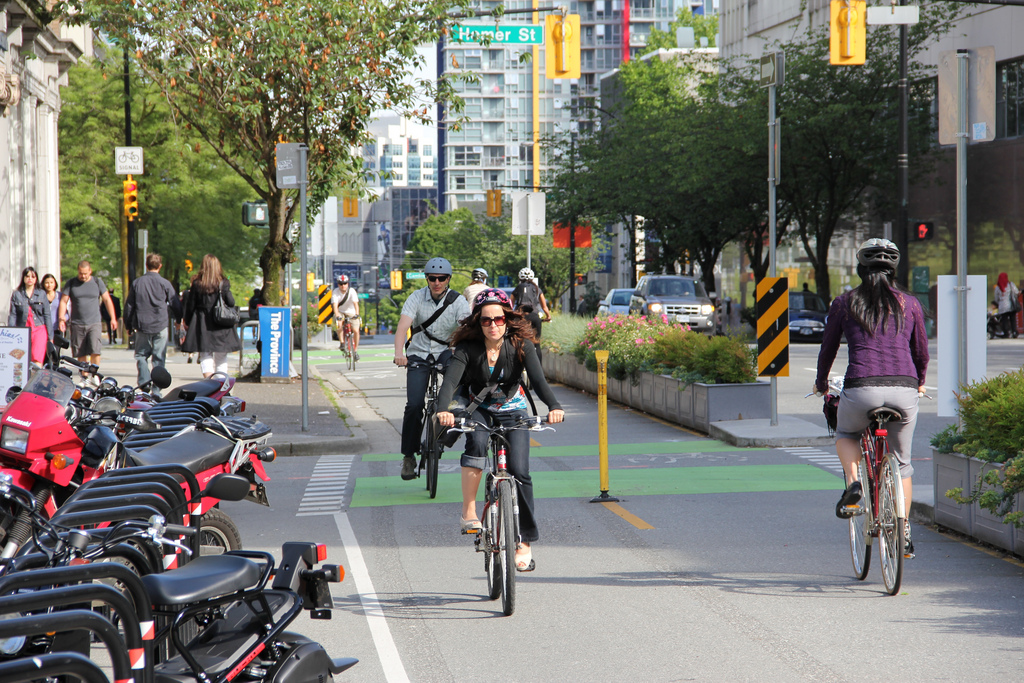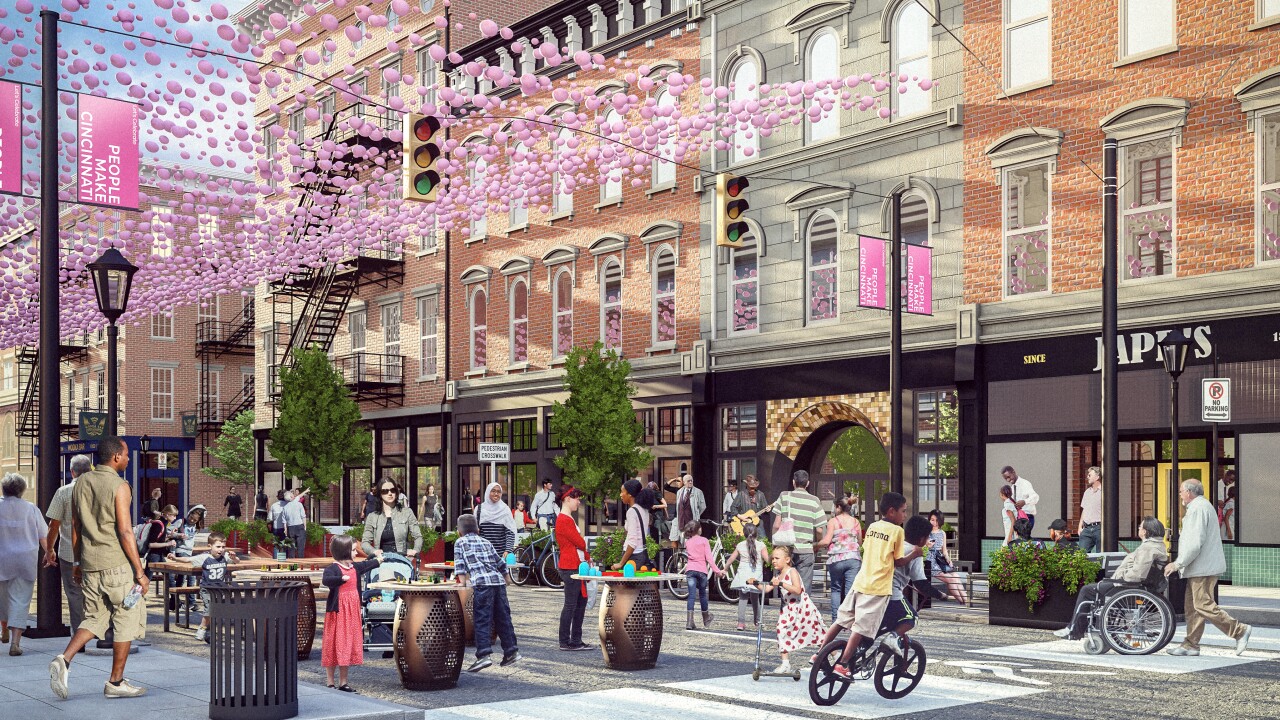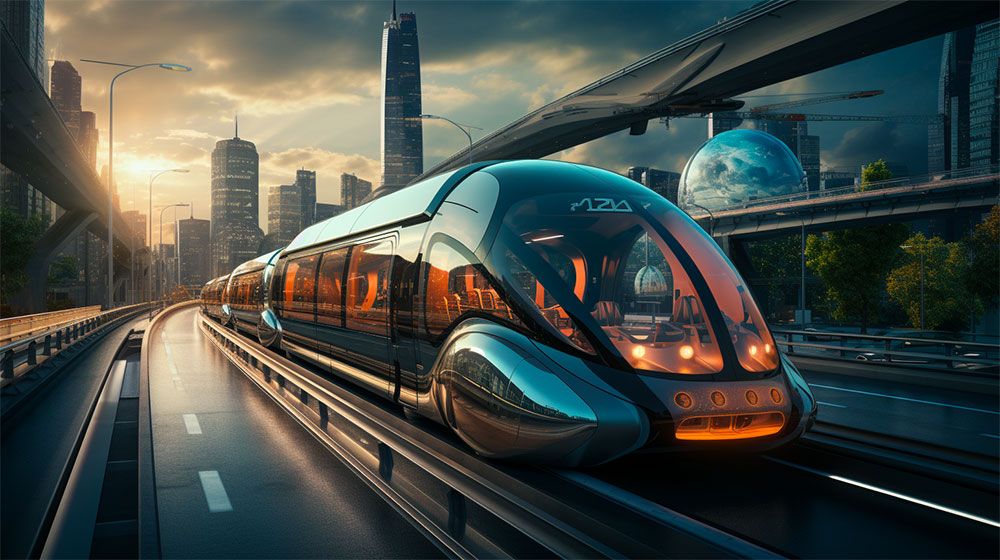In recent years, urban bike lanes have emerged as a pivotal element in city transportation planning, revolutionizing the way we think about travel within cityscapes. These dedicated paths for cyclists are not just about promoting a healthy lifestyle; they are transforming urban mobility, reducing traffic congestion, and contributing to environmental sustainability. Let’s explore how urban bike lanes are reshaping city travel.
The Rise of Cycling Culture in Cities
The growth of urban cycling culture can be attributed to increased environmental awareness and a shift towards sustainable living. Cities around the world are expanding their bike lane networks to accommodate this growing demand. These lanes provide a safe and efficient way for commuters to navigate busy streets, encouraging more people to choose bicycles over cars.
Health Benefits and Environmental Impact
Cycling is an excellent form of exercise, promoting cardiovascular health and reducing the risk of chronic diseases. Moreover, by reducing reliance on motor vehicles, bike lanes help decrease air pollution and carbon emissions, contributing significantly to the fight against climate change.
Economic Advantages
Investing in bike infrastructure can also have substantial economic benefits. It can lead to increased local business as cyclists are more likely to stop and shop locally than car drivers. Additionally, the construction and maintenance of bike lanes create job opportunities and stimulate local economies.
Safety and Urban Design
One of the primary concerns addressed by urban bike lanes is the safety of cyclists. Separated bike lanes reduce accidents and conflicts between vehicles and cyclists. The design of these lanes is crucial and involves considerations like width, surface quality, and intersection treatments, ensuring that cyclists of all ages and abilities feel secure.
Integrating with Public Transport
Many cities are integrating bike lanes with public transport. Providing parking facilities for bikes at train and bus stations encourages multimodal transport, allowing commuters to cycle to the station and then take public transport, thereby easing traffic congestion.
Challenges and Solutions
Despite the benefits, the implementation of bike lanes faces challenges such as limited space, especially in older, denser cities. The key is in innovative urban design, such as converting car lanes into bike lanes, and ensuring community involvement in the planning process.
Looking Forward: Smart Bike Lanes
Looking to the future, smart bike lanes equipped with IoT sensors and smart lighting are on the horizon. These advancements promise to enhance the safety and convenience of urban cycling further.
Conclusion
Urban bike lanes are much more than just paths for cyclists; they are a testament to the evolving nature of city living and urban transportation. By prioritizing sustainability, health, and efficiency, bike lanes are not only revolutionizing city travel but are also paving the way towards more livable and resilient urban environments.












